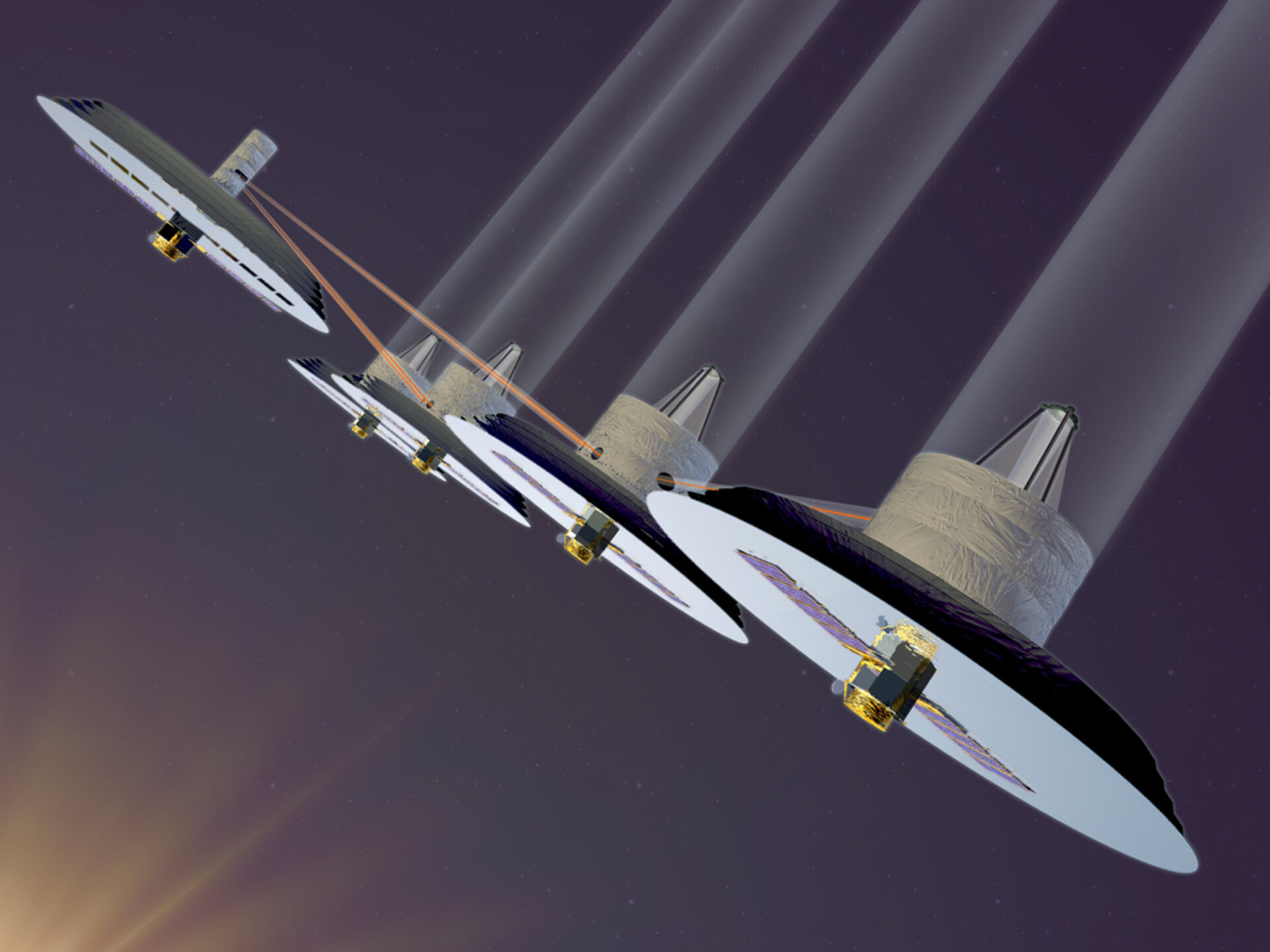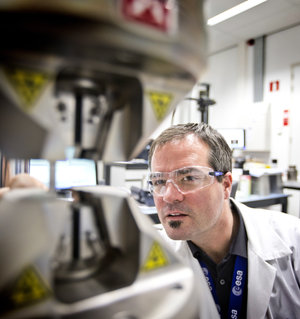Sticky business: bonding ultrastable space missions
A new ultrastable adhesive identified through ESA research could be a key to assembling rock-solid structures for space, including large telescopes, instruments and antennas to peer deeper into the cosmos or sharpen views of our terrestrial environment.
The resulting ceramic bonding promises composite structures of several metres rigid down to a few thousandths of a millimetre.
Such stability will be essential for new classes of space mission, such as multisatellite telescopes spaced hundreds of kilometres apart, which could combine their light to create images at a resolution equivalent to a single giant telescope – providing they maintain precise alignment.
Space is a difficult place for keeping still, however. In the absence of any atmosphere, temperatures may vary by hundreds of degrees from a satellite’s sunlit face to its shaded side. Use the wrong materials and a satellite’s structure might jitter, go out of alignment or even buckle catastrophically.
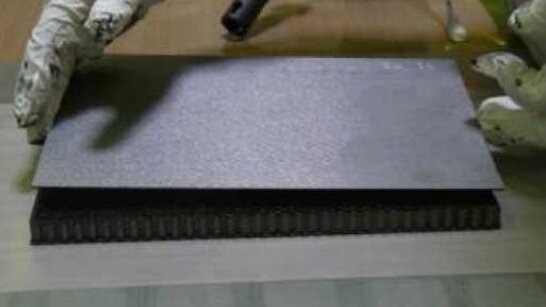
The challenge is greatest for optical, radio and other precision instruments, where rigidity is essential. To help ensure this, they are often kept thermally isolated from the rest of the satellite and attached to a steadying ‘optical bench’.
Careful material selection is essential. Take the case of ESA’s GOCE gravity-mapper, which had some of the most extreme stability requirements ever: the distance between its pairs of gravity-detecting sensors was not permitted to vary by more than a hundredth the diameter of an atom for minutes at a time.
These sensors were mounted on sandwiched panels of ‘carbon–carbon’– high-strength carbon fibres embedded in a graphite mix. Lighter than aluminium while stronger than steel, similar carbon composites have found uses in high-performance industries from aerospace to Formula One.
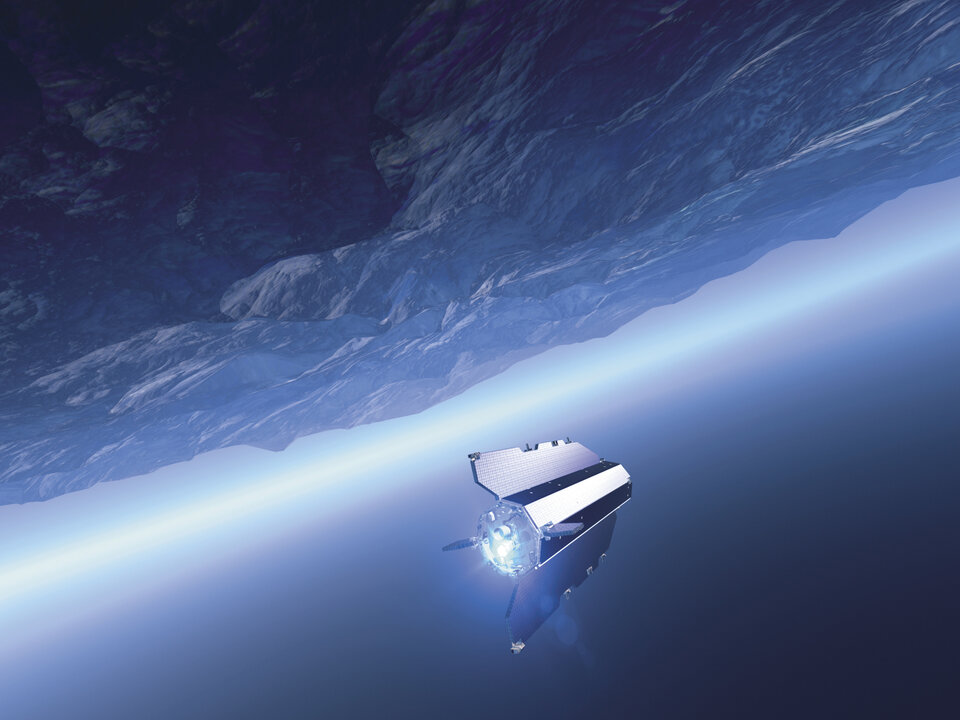
Carbon–carbon, as in GOCE, can also be tailored so that its dimensions remain unaffected by shifting temperatures.
For GOCE, carbon–carbon honeycomb was sandwiched between carbon–carbon sheets for maximum structural stability.
There was only one potential point of weakness, explains ESA materials engineer Laurent Pambaguian: “The adhesive used to bond the honeycomb to the panels was sensitive to moisture-induced distortion.
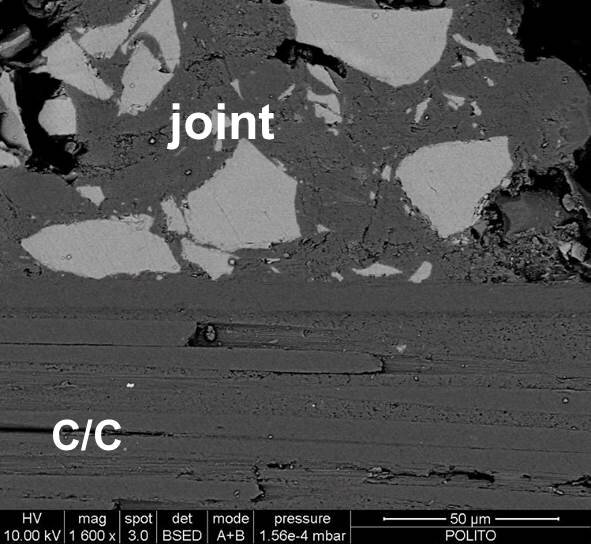
“For GOCE, this has been a challenging matter – in the room where the sandwich panels were assembled, temperature and humidity conditions were closely controlled to minimise the moisture uptake – but it left a problem for the construction of future space structures, which will need to be larger while also possessing increased stability.
“So a follow-up project was started through ESA’s Basic Technology Research Programme, which develops promising new ideas for space, to come up with an inorganic alternative, a silicon-based adhesive that would be insensitive to both temperature and moisture, and allow us to build larger stable structures.”
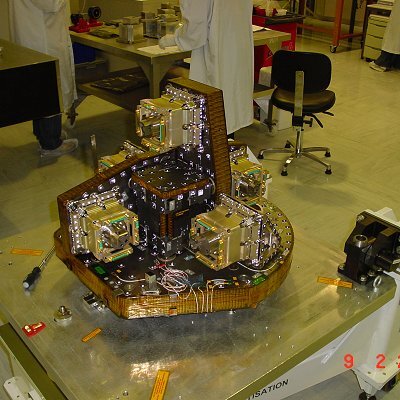
Taking the work done on GOCE by Thales Alenia Space as a starting point, the project team comprised researchers from Italy’s Università degli Studi di Perugia, the Politecnico di Torino and Istituto Superiore Mario Boella, plus the MDP company.
Candidate adhesives developed at MDP and Politecnico di Torino, with the support of University of Perugia, were applied to carbon–carbon structures then extensively tested at Aerospace & Advanced Composites GmbH in Austria.
Carbon–carbon panels were subjected to heat, moisture and force loads, up to and including shear testing – being pulled apart.
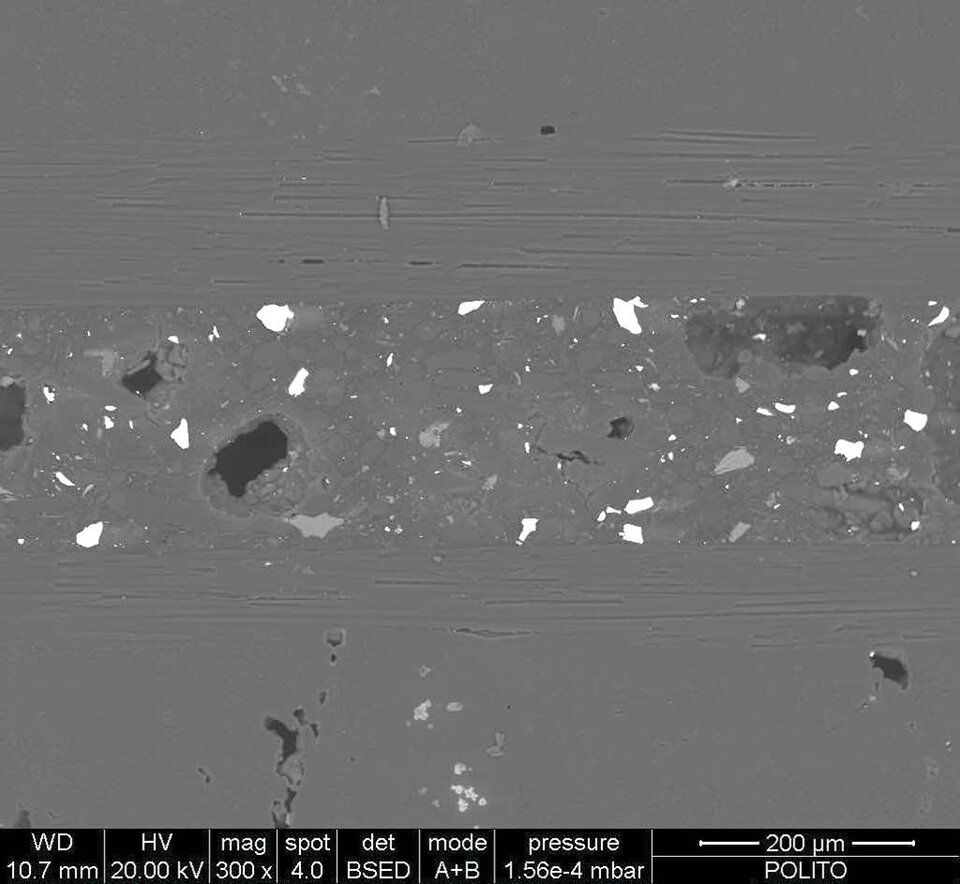
“Finally, a European adhesive was identified, with some manufacturing improvements needing to be performed,” Laurent adds.
“A new adhesive was baselined, with the possibility of adding ceramic fillers to optimise its compatibility with bonded materials while keeping its moisture insensitivity – tailoring its characteristics to our requirements.”
Shear tests showed the bonding strength of the joint was greater than carbon–carbon’s intrinsic mechanical resistance. The largest sandwich panel produced with the adhesive measured 4.20 m by 4.8 m, equivalent to GOCE’s carbon–carbon panels.
“At the end of this work, we can say the dream of ultrastable materials is in sight,” Laurent concludes.


